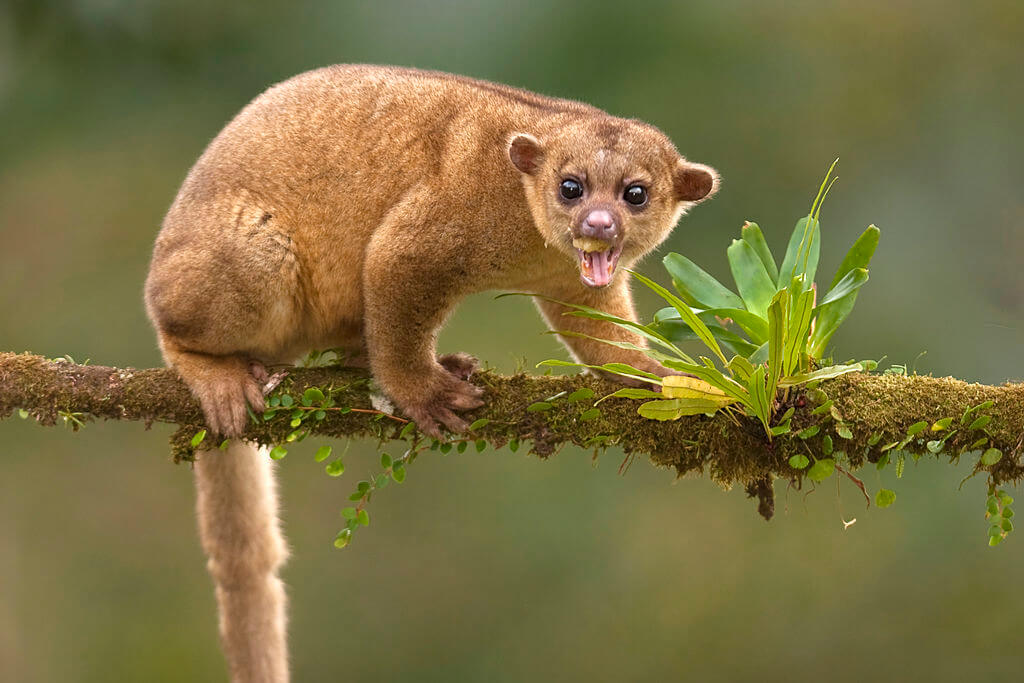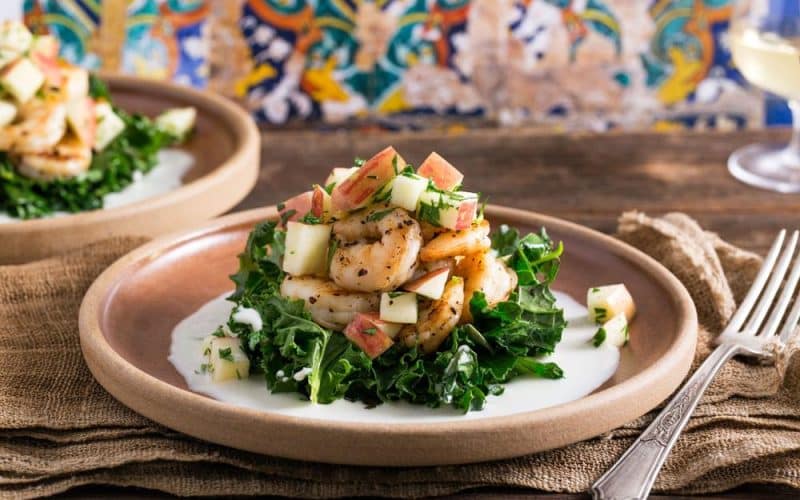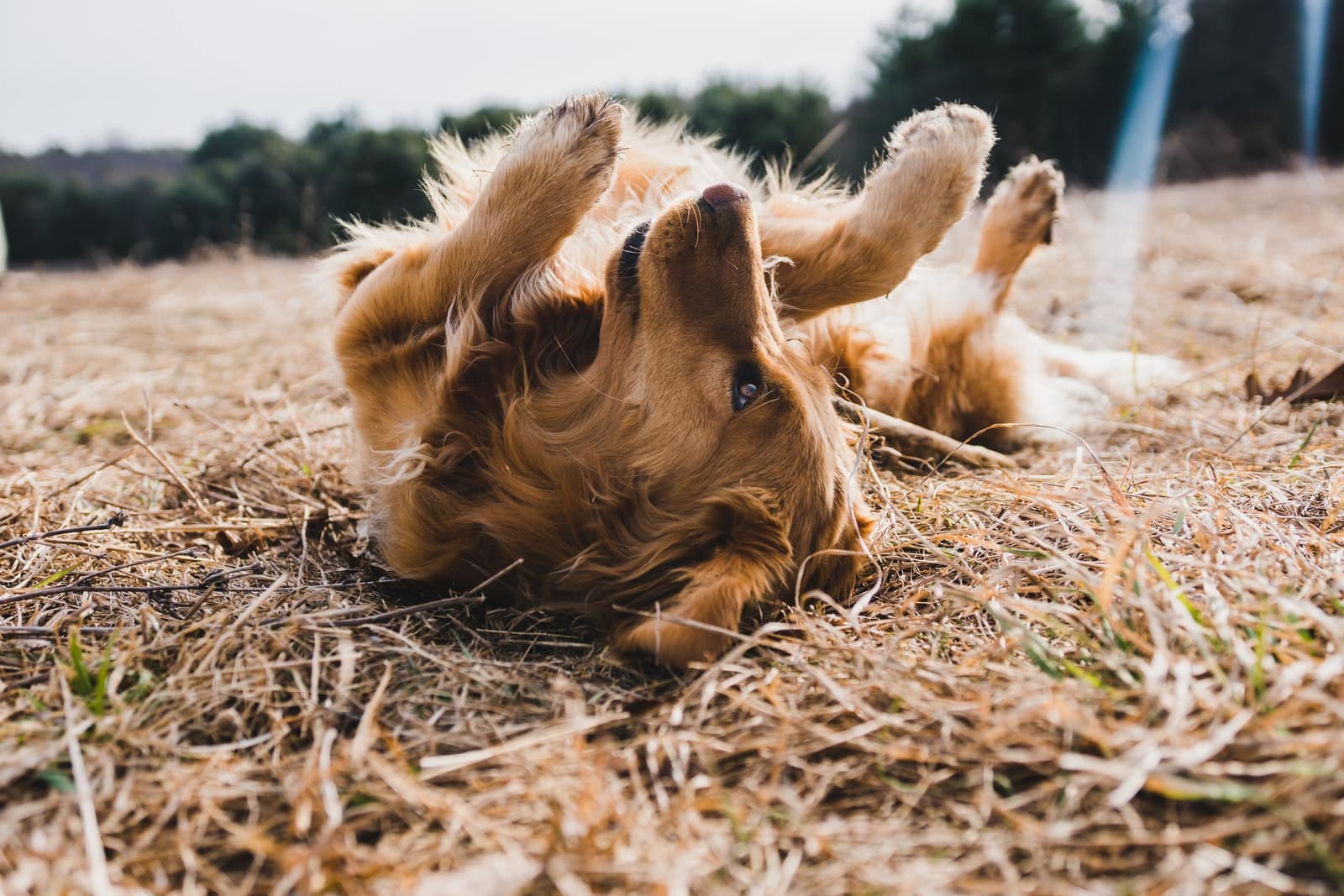Kinkajous, also popularly called honey bears, are tiny little golden brown mammals that live in the rainforests.
They are gradually becoming famous as pets, and celebrities like Paris Hilton already decided to flow with the trend and have one not only have famous people interested in keeping a kinkajou as a pet a lot of regular people are beginning to get engaged as well.
Making the decision to take in a kinkajou and having it as a part of your family is not one task to be taken lifetime as it requires the care and attention of a genuinely dedicated owner.
The scientific name of a kinkajou is Potos flavus. These animals typically have a lifespan of between 20 to 25 years, but there are cases where kinkajou living up to 40 years have been recorded.
When it comes to the size of this animal, the length varies among subspecies however the average length of a kinkajou is between 16 to 25 inches when measured without the tail, but when the tail is included, it adds an additional 15 to 20 inches.
They can also weigh as much as 7 pounds, and the difficulty of care for this animal is quite advanced.
Kinkajous in the wild
In their natural habitat, kinkajous are nocturnal tree-dwellers they spend most of their time hiding under the rain forest canopies.
Kinkajous are one of the animals that can turn their feet backward and they also have prehensile tails.
The ability of their feet to turn backward help them with climbing and running up trees. Though kinkajous resemble monkeys, they are more closely related to red pandas, coatis, and raccoons.
The kinkajous also love to eat fruits and honey by using their long turns to reach for them while climbing this is what gave them the nickname the honey bear.
You can find Kinkajous around the south and central America.
However, because kinkajous only produced one of spring by year and this happens during summer also because of the illegal exotic pet trade and habitat destruction a population of this animal is increasing at a very fast rate.
Behaviour and temperament of Kinkajous
kinkajous can be quite a team if they are hand fed from a young age however that doesn’t change the fact that they are a wild animal and they would always display such characteristics.
Kinkajous are curious active and will always like to find their way into your things just the same way a raccoon would do.
However, they may not be so active during the day because they are naturally nocturnal animals so you should expect more activity in the evening when they have been fed and are ready to explore.
Generally speaking, it is easy for Kinkade rolls to bond with one or two human beings however it would be a huge challenge for them when they have to transfer from one form to another.
If you are getting a kinkajou, do make up your mind if you are willing to keep it throughout its life time because they live as long as 20 to 25 years and you do not want to transfer them to someone else as they can’t handle it.
Kinkajous are not exactly smelly animals, but they sure do know how to be messy. They create a mess partly by throwing their food around and also because it is difficult to potty train them or even house teach them. However, they may pick a spot or two where they like to do their thing, and those areas may permanently just be their litter places.
Kinkajou can sometimes be noisy especially when they have to defend their food source they make a variety of sounds ranging from whistling, chirping, a soft orphan a barking sound like that of a yelping dog, and finally a feeding call sound which is something like a shrill shriek.
Housing your Kinkajous
Kinkajous need a cage that is both tall and huge. This means that the minimum size of a Kinkajous cage should be 6ft long 4 feet wide and 6 feet tall however the larger the cage is, the better for your pet.
Provide lots of ropes, shelves, and branches inside the cage so that your Kinkajou would have something to do when you’re not there to keep it company.
In addition to all the exercise things you’d be providing in the cage, you can include some bird toys parrot toys and even white pieces of PVC pipes from your local home improvement store. You can hang a sleeping sack or hammock in the cage as well as some form of a nest box.
In addition to all the toys and exercise facilities that will be kept inside the cage, see to it that your Kinkajou spends plenty of time outside the cage exercising itself.
Kinkajous need enough interaction with their owners, and it is best that an owner has a nocturnal life the same way the animal does so that they can spend more time together.
When you’re away or asleep, you could keep your Kinkajous activity restricted a specific area of your house or to its cage.
Because Kinkajous dwell in rain forest naturally, they can adapt easily to warm weathers. Thus any temperature that falls below 60 degrees Fahrenheit can be dangerous to your pet’s health. also humidity level must be kept no lower than 50 percent.
Food and water for your Kinkajou
In their natural habitat kinkajou the animals that feed on fruit nectar or honey and sometimes when the opportunity presents itself they feed on insects frogs eggs and even other blossoming plants.
When in captivity you can feed them with monkey biscuits and basically any tropical fruits you can get papayas, bananas, kiwis, melon, mangoes, pineapples, figs, grapes, cherimoya, and pomegranates.
Some king charges have been discovered to be allergic to fruits like strawberry, so those are best avoided also do not feed them citrus fruits like grapes oranges or tangerines even avocados should be avoided.
Expect the feeding area to be messy and get ready to change their drinking water as many times as possible because they’re going to drop food pieces inside the bowl of water ensure to use heavy bowls that can’t be easily moved by the animal.
Common kinkajou health problems
You have to take care of your Kinkajou the same way you take care of a cat or a dog regular vet visits are important one of the major concerns kinkajou owners have is rabies because a lot of exotic animals are prone to having rabies and however your kinkajou can be vaccinated.
While they can grow sharp nails, do not attempt declawing or defanging the animal as it may be detrimental to its health. make sure that before you keep one as a pet, you find a vet around you who is willing to taking a kinkajou as a patient whenever the need arises.









